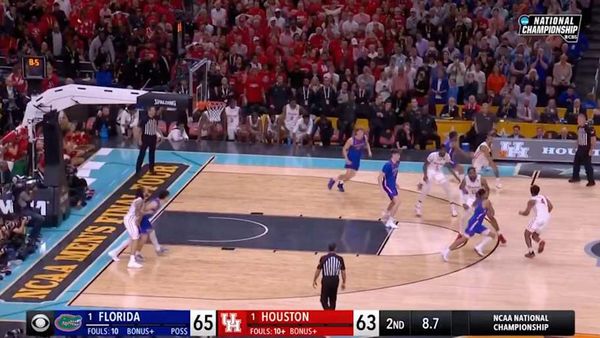
A well-meaning mechanic was left red-faced after he mistakenly threw away what he thought was trash but turned out to be a valuable piece of modern art. The incident occurred at the LAM Museum in Lisse, the Netherlands, when the mechanic discarded two beer cans, unaware they were part of an art installation by French artist Alexandre Lavet.
From Trash to Treasure: Art Mistaken for Rubbish
The artwork in question, All the Good Times We Spent Together, is a hand-painted piece by Lavet, depicting two cans of Belgian lager placed atop the museum's glass lift shaft. The mechanic, a new employee at the museum, saw the cans and assumed they had been left behind by visitors. He did what any diligent worker would—he threw them away.
It wasn't until the museum's curator noticed the artwork missing that a search was launched, leading to the recovery of the piece from a trash bag, miraculously intact after a light cleaning. Museum director Sietske Van Zanten quickly assured the public that it was an honest mistake. "He did his job to the best of his ability. On a positive note, it is a compliment to the artist, Alexandre Lavet," Van Zanten said.
According to Van Zanten, the museum's mission is to present everyday objects as art, encouraging visitors to see them in a new light. "Our art encourages visitors to see everyday objects in a new light. By displaying artworks in unexpected places, we amplify this experience and keep visitors on their toes," she added.
A Costly Error
While the museum refrained from disclosing the exact value of Lavet's piece, they admitted it was "far too expensive to end up in the rubbish." Other works by Lavet are valued between £670 and £2,095. Lavet, aged 36, is known for creating art that blurs the line between ordinary objects and artistic expressions. His beer-can installation is part of a series that symbolises the cherished moments spent with friends over drinks.
In describing his work, the museum noted, "For the artist, the cans symbolise cherished memories shared with dear friends. While evenings spent enjoying drinks may seem trivial in the grand scheme of things, they ultimately embody precious moments of connection."
A Dutch art collector who owns two of Lavet's pieces commented on the incident, stating, "If you make something that basically looks like rubbish, then there is a chance that it will be treated as rubbish." The collector added that such occurrences underscore the challenge of recognising modern art, especially when it closely resembles everyday objects. "It just goes to show that really it's OK not to know what art is exactly when you meet it."
Investing in Art: A Guide to Profitable Pieces
This incident sheds light on the value of contemporary art and highlights the potential benefits of art as an investment. In the world of art collecting, what may look like ordinary objects can hold immense value, as shown by Lavet's work.
Investing in art involves purchasing, holding, and eventually selling pieces for a profit. While blue-chip art—works by established artists like Picasso and Warhol—tends to be expensive, art investors have other options for making smart investments.
For example, Andy Warhol remains one of the most valuable contemporary artists, with his works generating $1.13 billion in sales between 2018 and 2022. In 2016, a Warhol soup can painting was stolen from the Springfield Art Museum in Missouri, prompting the FBI to offer a $25,000 reward for its return.
Here are some recent examples of successful fine art investments:
- Jean-Michel Basquiat's Untitled, 1982 sold for $110.5 million in May 2017.
- Andy Warhol's Silver Car Crash (Double Disaster) sold for $105 million in November 2013.
- Banksy's Game Changer sold for $23 million in March 2021.
- Picasso's Les femmes d'Alger (Version 'O') sold for $179.4 million in May 2015.
According to a report by FinanceBuzz, art has historically offered competitive returns, with an annualised return of 8.3% from 1985 to 2020. Even during the pandemic, annual art sales only decreased by 4%, showing the market's resilience.
However, art is not a short-term investment. It requires patience, as the value of a piece may take years to appreciate. The value of a work can be influenced by factors such as the artist's reputation, demand for their work, and broader economic conditions. Moreover, art is often illiquid, meaning it can be challenging to sell. Investors must be prepared to hold onto their pieces until the right buyer comes along at the desired price.







